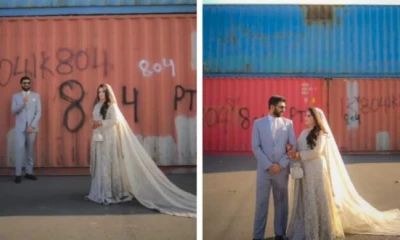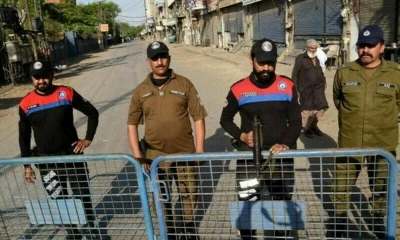Regional
Furiosa’s hard-won feminism
George Miller’s Fury Road prequel Furiosa has a lot riding on it — not just the titular character’s war rig, but also her entire feminist legacy. The main appeal of Miller’s Mad Max universe has always been its intense dieselpunk worldbuilding, but with 2015’…
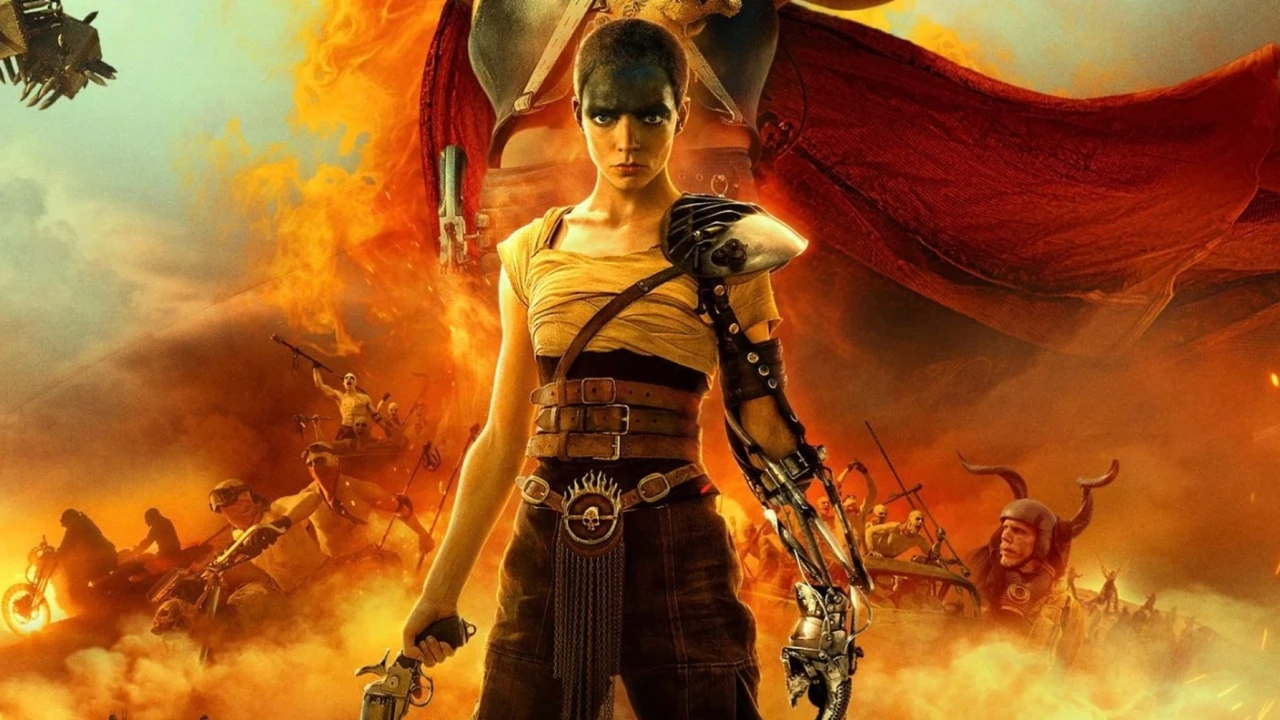
George Miller’s Fury Road prequel Furiosa has a lot riding on it — not just the titular character’s war rig, but also her entire feminist legacy. The main appeal of Miller’s Mad Max universe has always been its intense dieselpunk worldbuilding, but with 2015’s Fury Road, the series gained an infusion of new energy and new iconic characters. Thanks to a strong ensemble cast, incredible action scenes and production values, and a high-stakes, high-concept chase that lasted for most of the run time, the film gave depth and beauty to its brutal post-apocalyptic wasteland. It also delivered an empowered, women-centric reconfiguration of a story known for its intense violence and machismo. That framing came in large part thanks to Charlize Theron’s Furiosa, a brusque but compassionate hero drawn in the tradition of Ellen Ripley and Sarah Connor. With her metallic arm and husky-voiced butch competence, she immediately became a geek feminist icon. Anya Taylor-Joy, taking over the role to play a younger version of the character in the new film, had her work cut out for her trying to fill Theron’s shoes. She also had to overcome a lot of embedded brutality within the Mad Max universe, including what was originally a surprisingly sexist backstory, as articulated in a 2015 follow-up comic pegged to her character. Then there was the brutality of Miller’s production environment. The Mad Max Wasteland is exactly what it sounds like, a ravaged desert no-man’s land, but by all accounts, the Furiosa set in the sweltering Australian Outback wasn’t much better. In a recent interview with the New York Times, Taylor-Joy stated she’d “never been more alone” than during the production, and implied that she needed the full two years between the set and the film’s release to “deal with” the trauma of the filming process. Yet she also framed the role as a badge of honor, noting how “alive and purposeful” she felt during the filming process. Certainly, Taylor-Joy seems to have joined other actors in taking on psychologically complex roles that tiptoe the line between “method” acting and infliction of apparent trauma; she mentioned to interviewer Kyle Buchanan that she’d been unable to watch an early cut of the film without sobbing. But it also feels significant that Furiosa — a character who rarely talks and frequently speaks through actions rather than words — has now exacted this toll on two extremely talented actors. It isn’t a stretch to say she’s joined the ranks of larger-than-life fictional icons whose mythos looms over the actors who play them: a Joker or a Blanche Dubois. Has Furiosa herself led us down this thorny path? Or is Furiosa the film indicative of storytelling that, despite its best efforts, still limits what female action heroes are allowed to be? Furiosa's — the film and the character — is a solitary journey (and very nearly a sexist one) Miller’s vision for Taylor-Joy in Furiosa seems to have been sparing and hardcore. Taylor-Joy told the Times that the role required her to do intense acting, often only with her eyes. The intricacy of the film’s elaborate action sequences also left her going for “months” without reciting a line of dialogue. She further told Variety that Miller would direct her to act scenes with her jaw tightly clenched. She also described clashes between her vision for the character and Miller’s vision, including one fight that eerily mirrored Theron’s on the set of Fury Road, with both women fighting for the right to let Furiosa erupt in anger. That’s interesting given that Furiosa’s backstory, as first mentioned in the highly incendiary, flagrantly misogynistic comic Furiosa, involves her having been a trafficked child singled out by Immortan Joe to become one of his wives — the same refugees she later breaks out of Joe’s Citadel at the beginning of Fury Road. In the comic, rather than being an ally to the women, Furiosa berates and even physically attacks them, at one point telling them they should be grateful for their life of sexual slavery because things are so much worse on the outside. Yikes. The comic implied strongly that Furiosa and all of Immortan Joe’s wives were beholden to him as a benevolent rapist who chose to treat them well and protect them. Not only that, but from a 2015 interview with Theron, we can see brief glimpses of the toxic mirrorverse that both Fury Road and Furiosa nearly fell into. In the interview, Theron mentions a backstory in which Joe discarded Furiosa and cast her out from the wives because she was infertile: “She couldn’t breed, and that was all that she was good for.” That grim statement implies that Furiosa’s character was originally intended to be the stereotypical “strong female character,” which is to say, one formed out of sexual trauma — and a character without much if any agency over her own life. The oft-repeated storyline implies that women are inevitably sexual objects who can only gain agency through their sexualization, or even their dehumanization. It’s a depressingly narrow vision of what could motivate a woman to act, and unnecessary in a world like Mad Max’s. The other details Theron mentions as going into Furiosa’s backstory — her growing up in “the green place,” being sold to Joe as a child, her subsequent hiding out and disguising herself as a boy among the war pups, and her eventual escape — all play out onscreen in Furiosa. Fury Road thankfully erased any hint that Furiosa was ever a sexual pawn or a victim of sexual abuse and trauma, and Furiosa similarly jettisons this plot. Instead, the would-be child bride escapes her fate early on, and the rest of the film unfolds just as Theron hinted. Furiosa’s character is still deeply informed by trauma, loss, and abuse from childhood on, just never sexual abuse or infertility. She’s still impacted by the sexist abuse in the universe around her, but there’s no accompanying subtle, sick fantasy of male violence to undermine her. Still, the fact this detail was ever a part of Furiosa’s backstory at all leaves questions about how much Miller absorbed the feminism of the character, let alone intended her to be a reclamation of his nihilistic dystopia rather than a badass representative of it. Taylor-Joy implies that the 79-year-old filmmaker may have missed the importance of allowing Furiosa her expression of female rage after all the injustices she’s witnessed and abuse she’s survived. (Ironically, her informal audition for Miller for the role involved her performing the iconic “mad as hell” monologue from Network — one of the greatest expressions of male rage ever filmed.) For his part, in the Times profile, Miller compared Furiosa to other giant-statured heroes like those of John Wayne or Clint Eastwood — hardly a feminist vision, but certainly a potentially empowering one. It’s notable that this clashing vision of the character played out over two separate films in which the filming conditions seemed to mirror the character’s unforgiving psychology. Miller has stressed that filming conditions for Furiosa were by no means as conflict-heavy as the clashes between Theron and method-acting co-star Tom Hardy on the Fury Road set. But Taylor-Joy told Variety that Miller’s close-mouthed, eyes-only vision for her performance “create[d] a radiation off the character, because she is being suppressed continuously throughout the film.” Taylor-Joy gets at something fundamental about Furiosa here: This suppression isn’t just the foundation of her character. It might ultimately also be the key to Furiosa’s wild popularity. Sure, her grease-painted raccoon eyes, badass shaved pate, and glittering silver arm are all key ingredients as well. But audiences, especially female viewers, recognize the loss and hardship that echo in Furiosa’s thousand-yard stares and taciturn speech patterns, and we celebrate her for rising above it in whatever ways she can. In a post-Roe world, the thought that we nearly had a Furiosa whose worth was derived entirely from her ability to deliver children becomes a chilling what-if that thankfully we don’t have to confront. It all serves as a reminder that the life Furiosa was running from still nips at our own heels today. Perhaps saving her from that fate becomes an unspoken duty for whoever plays her — a combined joy and sorrow for the actor who steps into her shadow.
Continue Reading
-

 Business 2 days ago
Business 2 days agoGold glitters again in Pakistan after global price hike
-

 Pakistan 1 day ago
Pakistan 1 day agoTransport services disrupted as major road closed
-

 Pakistan 1 day ago
Pakistan 1 day agoSecurity forces kill three terrorists in KP IBO
-

 Pakistan 1 day ago
Pakistan 1 day agoGovt to suspend internet services amid PTI protest
-

 Sports 1 day ago
Sports 1 day agoPakistan win toss, opt to field first against Zimbabwe in 1st ODI
-
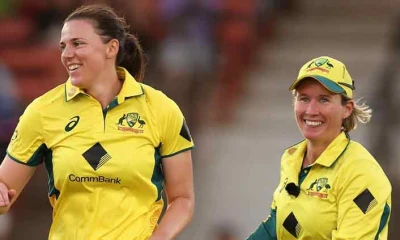
 Sports 2 days ago
Sports 2 days agoAustralia unveils squads for women's ODIs against New Zealand, India
-
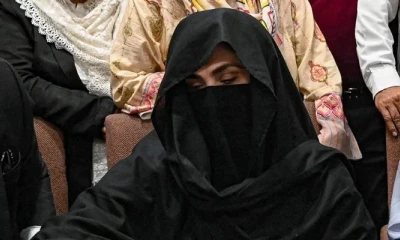
 Pakistan 2 days ago
Pakistan 2 days agoBushra Bibi booked in two cases under Telegraph Act
-

 Pakistan 2 days ago
Pakistan 2 days agoNACTA warns terrorists may target PTI protest in Islamabad


